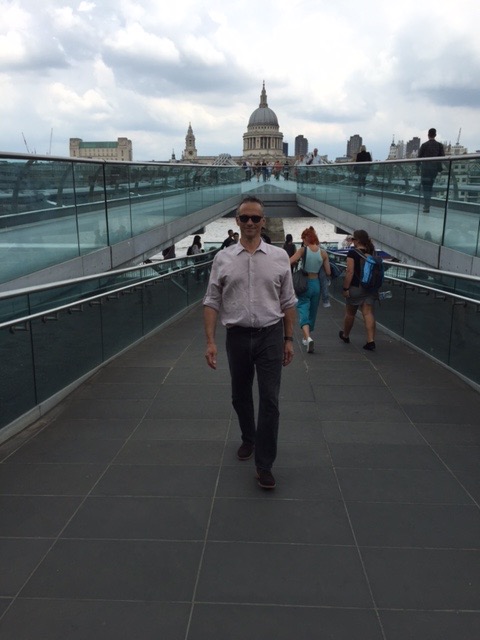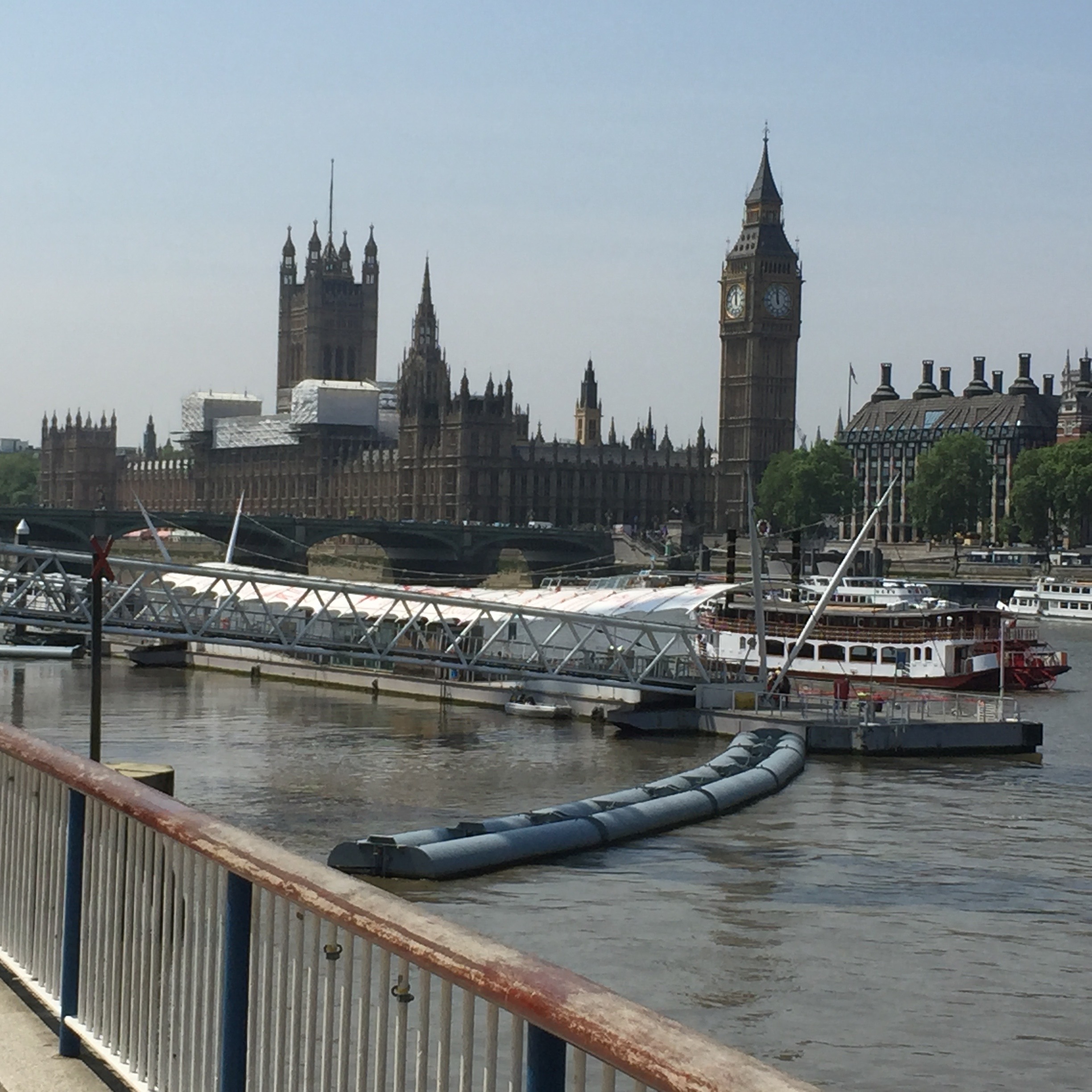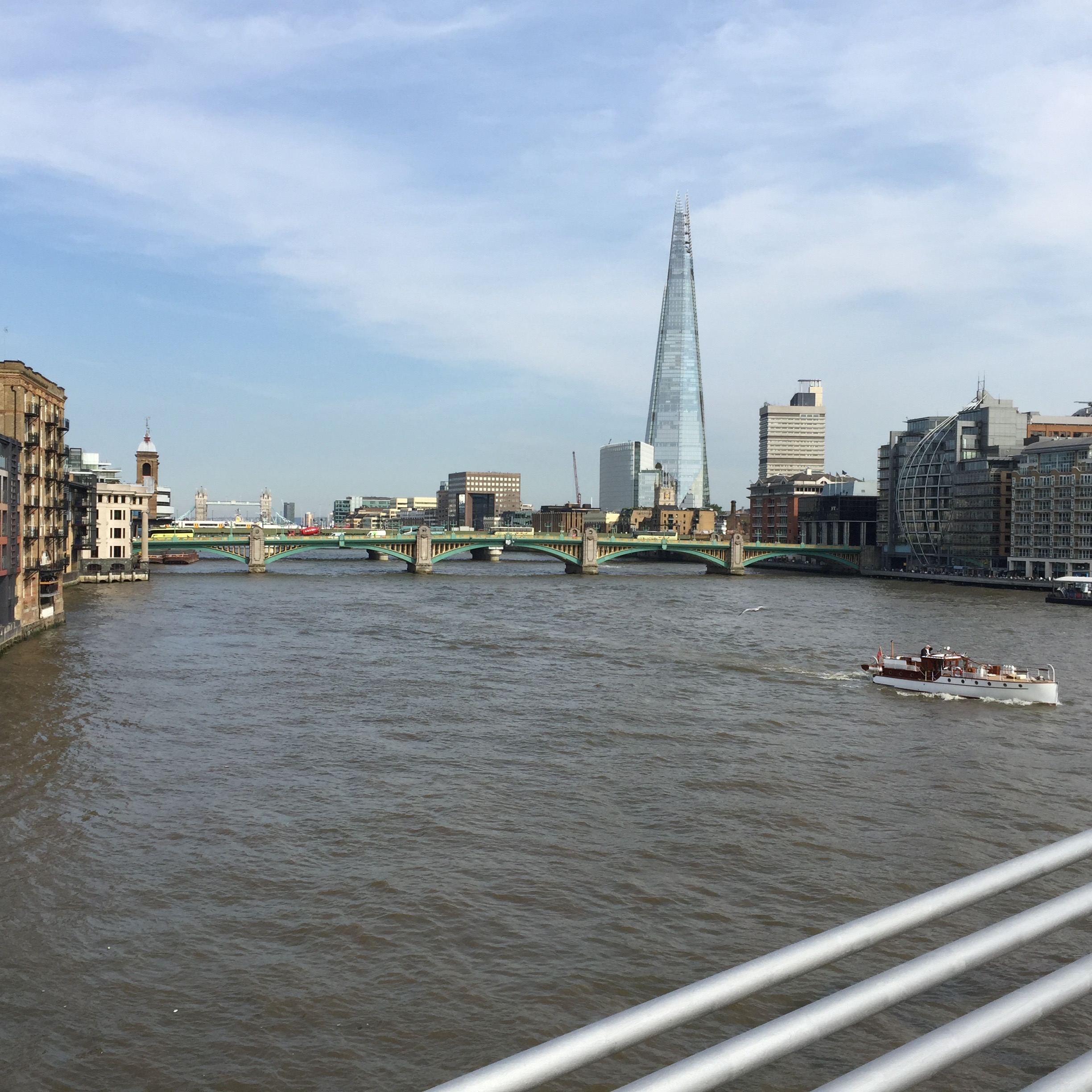In three prior posts, I’ve written about obstacles to and opportunities for inclusion on campus, focusing on race, on gender, and on religious belief and political conviction. In this post I’d like to consider the impact of economic inequality on inclusion.
This summer I read about a new study that examined rates of economic mobility in different parts of the country. Geography, it seems, matters a great deal in predicting the chances to better one’s relative economic standing. To quote a New York Times blog about the study:
Climbing the income ladder occurs less often in the Southeast and industrial Midwest, the data shows, with the odds notably low in Atlanta, Charlotte, Memphis, Raleigh, Indianapolis, Cincinnati and Columbus. By contrast, some of the highest rates occur in the Northeast, Great Plains and West, including in New York, Boston, Salt Lake City, Pittsburgh, Seattle and large swaths of California and Minnesota.
There are many variables at play here, and I don’t want to oversimplify the various correlations, but there was one factor that really caught my attention. “All else being equal, upward mobility tended to be higher in metropolitan areas where poor families were more dispersed among mixed-income neighborhoods.”
How is this issue related to our own campus culture? Over the last five years, Wesleyan has significantly increased the percentage of Pell eligible students on campus. This coincided with our eliminating required loans for our students with the greatest financial need, and reducing required loans for everybody else (replacing these loans with grants). We also began working with Questbridge, adding this great organization to our many partnerships with community-based organizations. These groups help us to spread the word about Wes and to recruit low-income, high-ability students.
But in our diversity forums last year, I learned that recruiting high-need students is not enough. We also have to create a campus culture in which they can thrive; we have to create the conditions for an educational experience in which students from all backgrounds learn together and learn from one another.
What does this have to do with the general study of geography and economic mobility across the United States? Insofar as the experience of high need students segregates them from the rest of the student body, we have failed them. We will only get the maximum benefit from our financial aid policies when inclusion is the order of the day for all students – regardless of their economic status. Although I spent many hours working in a kitchen when I was an undergraduate at Wes to pay for my room and board, I was lucky to live in an environment in which this didn’t prevent me from having plenty of interaction with students from various walks of life. My teachers and fellow students never made me feel excluded from the ways they were experiencing Wesleyan.
That was a long time ago, and America today is a land of much greater economic inequality, much greater distance between the haves and the have-nots.
As I’ve written before, on campus we resist this trend because the educational enterprise assumes a core egalitarianism linked to freedom and participation. As teachers, we are committed to equality of opportunity for our students. In big lecture halls, students can’t buy the best seats or arrange for extra help sessions with their parents’ checkbooks. In small seminars, there is a face-to-face equality altered only by the talent, ambition and creativity of the discussion participants. Differences often quickly emerge, but these are the differences of performance — variations able to emerge exactly because of the environment of equality and freedom.
There is no doubt that some students are better prepared than others, and that some of that preparation was facilitated by wealth. Still, in our campus culture these advantages of birth or luck shouldn’t mean much over time. All students at Wes have the opportunity to accelerate and deepen their learning. In order to learn, you have to park your privilege at the classroom door. In order to teach effectively, we try to ensure that our students have an equality of opportunity that doesn’t erase their differences. Furthermore, at Wesleyan students come to see intellectual freedom modeled by their instructors in ways not dependent on wealth.
This week President Obama called for some important reforms in higher education aimed at making college more accessible and at creating a system through which prospective students would have as much information as possible about a school’s real costs, graduation rates, and the outcomes for the graduates. We must be prudent about new regulations because of the perverse incentives they can create, but they do address a real problem. It is unacceptable that so many schools with terrible track records soak up so much federal funding.
Wesleyan has been moving in the direction of sustainable affordability. We’ve announced a three-year option, which allows students to complete the same number of courses typically done over four years by using summer sessions. This saves families about 20 percent off the total tuition. We’ve also announced that we will no longer raise tuition aggressively, keeping increases in line with inflation. Over many years we have become an expensive school, and I know we have a long way to go to becoming more affordable. But this year and next will see our smallest tuition increases ever, and we will stay on this new course.
We will continue to recruit students of extraordinary potential from diverse economic backgrounds, meeting their full financial needs, and we will redouble our efforts to ensure that they are fully included in our campus culture. Like those dynamic, integrated regions singled out in the economic mobility study, our campus must create conditions that bring people together in ways that positively enhance their lives. At a time when economic inequality is tearing at the fabric of our country, we must create conditions of inclusion through which all can thrive.





